Figuring out the age of the Internet is like figuring out the age of the universe: We could date it back to the 1960s and ARPANET, or the introduction of the TCP/IP protocol in 1983, or the launch of America Online in 1985, or the invention of the World Wide Web in 1989, or maybe the creation of the Netscape browser in 1994.
However you date the inception of the Internet, two things are inarguably true: The technology has changed modern life in fundamental ways, and the modern Internet is absolutely rotten with abandonware. Not only is it chock-a-block with dead links and missing data, but many of the tools that we once used enthusiastically are either completely dead or exist today as ghostly, barely-functioning time capsules. Heck, Google alone has killed dozens of tools that it launched with great fanfare and then almost immediately abandoned.
Sometimes this is due to changing technologies — there were dozens of search engines prior to Google’s total domination of the space, after all — and sometimes it’s due to good old-fashioned capitalist competition. Whatever the reason, there are a lot of old Internet relics we left behind, and folks of a certain age might be forgiven for having a lingering affection for them. Or a lingering morbid curiosity, because sometimes there’s a definite WTF element to the old tools we used to rely on. Here are some of the Internet relics we left behind as we rocket relentlessly into the future.
Google Toolbar
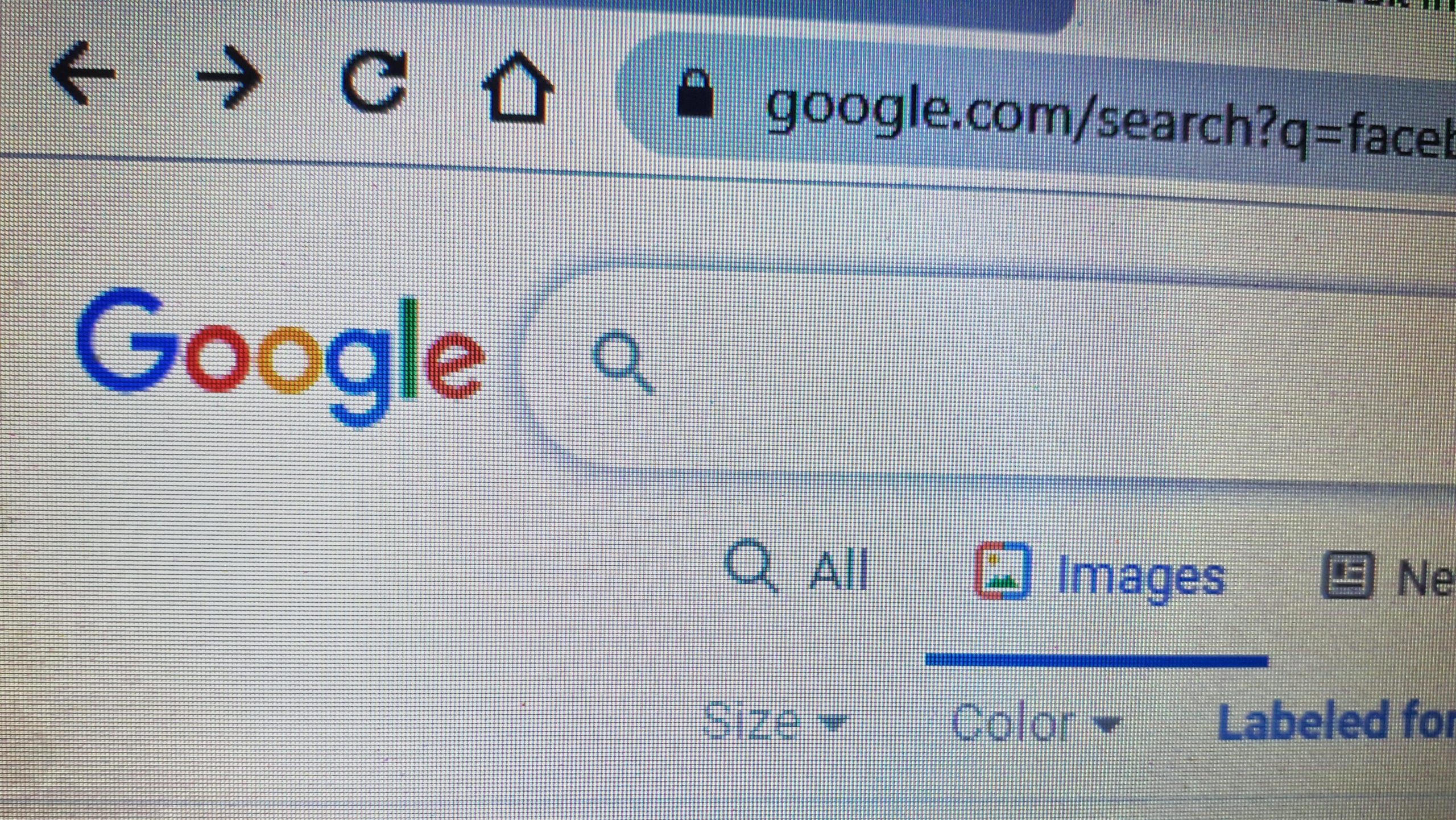
Back when Internet Explorer was the most popular browser around, it presented a challenge to Google’s quest for Internet domination. Not only was the browser kind of buggy (Microsoft had no competition, so had little incentive to care), but back in the year 2000 you couldn’t just type a search into your browser’s toolbar — you had to literally go to www.google.com and go from there.
Google’s solution was the Google Toolbar plugin, which not only fixed a few bugs, it also integrated Google’s growing suite of tools directly into IE. To be fair, in those early days the Google Toolbar was extremely cool and useful. Somehow, Google maintained this old relic until December, 2021, long, looonngg after anyone actually needed it. By the end, it was itself a buggy masterpiece of abandonware (the eventual fate of all Google tools, apparently).
Internet Explorer

Ah, the glory days of the Browser Wars. There was a glorious moment when Internet Explorer was the way everyone parsed the World Wide Web, when every alternative browser was a weird outlier that didn’t quite work. Microsoft ruined everything with typical ruthlessness: They deliberately broke the standards of the Internet in order to render competitors like Netscape seemingly unusable, and hard-wired its IE into Windows in order to force folks to use it.
Which would have been fine, but once they hoovered up about 95 per cent of the browser market by the early 2000s, they got really really lazy about maintaining the code. Soon, Internet Explorer was so awful that web developers had to write janky scripts to detect it and compensate for its many problems — and yet somehow this browser still exists — even though Microsoft offers Edge (which not many people use either), and will continue to exist until 2022.
Yahoo! Answers
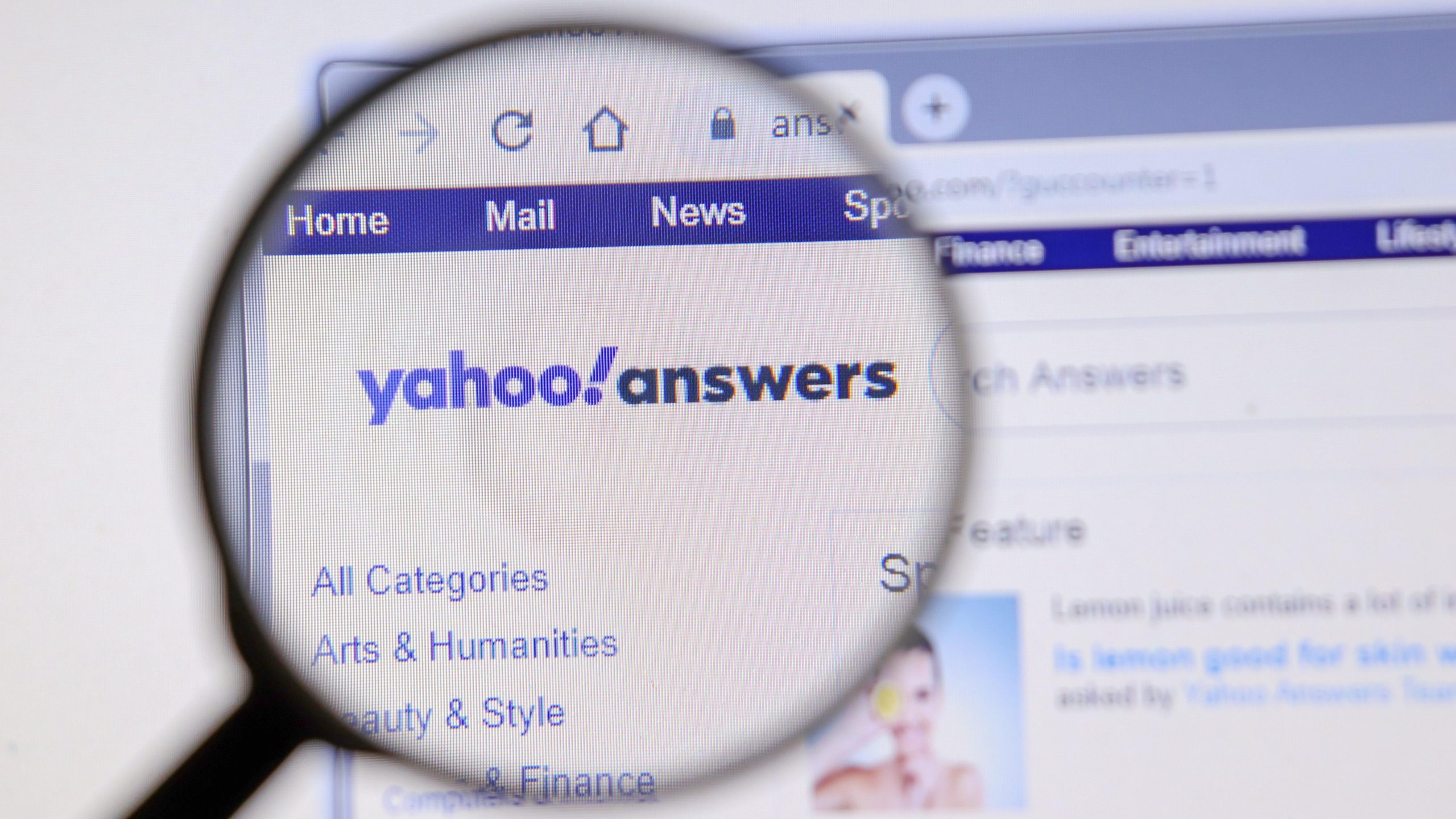
Launched in 2005, Yahoo! Answers was one of the best-known “Q&A” sites on the Internet. Back before Google had perfected its mind-control technologies, being able to ask questions to millions on the Internet was a vital tool, especially for kids awake at 3AM writing term papers due in six hours.
The site persisted far longer than it should have, shutting down in early 2021, which means we had 16 years of truly dimwitted questions and startlingly ill-informed answers. In other words, Yahoo! Answers became a repository of profound disinformation and likely was responsible for plenty of failing grades on those term papers because of its population of confidently incorrect know-it-alls. Now, of course, we all get our misinformation from Reddit like civilized people.
Grooveshark

If you love Spotify, you should say a prayer of thanks for Grooveshark. Launched in 2006, Grooveshark allowed folks to upload their own digital music files, organise them into playlists, and stream them. Seems legit, and it was a great way for new bands and artists to get their work out there. But the record companies had a different idea of what it meant to “own” a digital music file, and there wasn’t a day of Grooveshark’s existence when it wasn’t being sued by someone. Those suits finally killed the site in 2015, when it suddenly just shut down, posting an apology on its site. Later, streamers like Spotify took the lessons of Grooveshark to heart and made the record labels partners from the beginning.
MySpace

Before Facebook, we were all friends with co-founder Tom Anderson, who was automatically linked to every new member of MySpace. Delightfully and deliriously ugly and cacophonous, MySpace enjoyed a few heady years as the most influential social media platform in a very sparse field, but it was also one of the first such platforms where people could share and discover new music and pop culture fairly easily. Of course, Facebook ate its lunch shortly after arrival — by 2010, MySpace was already turning into a ghost town.
MySpace still exists, as does your old profile if you were ever a member (and if you were alive and active on the Internet in 2007, you probably were), but it’s a shell of its former self and has become something of a niche community.
Napster
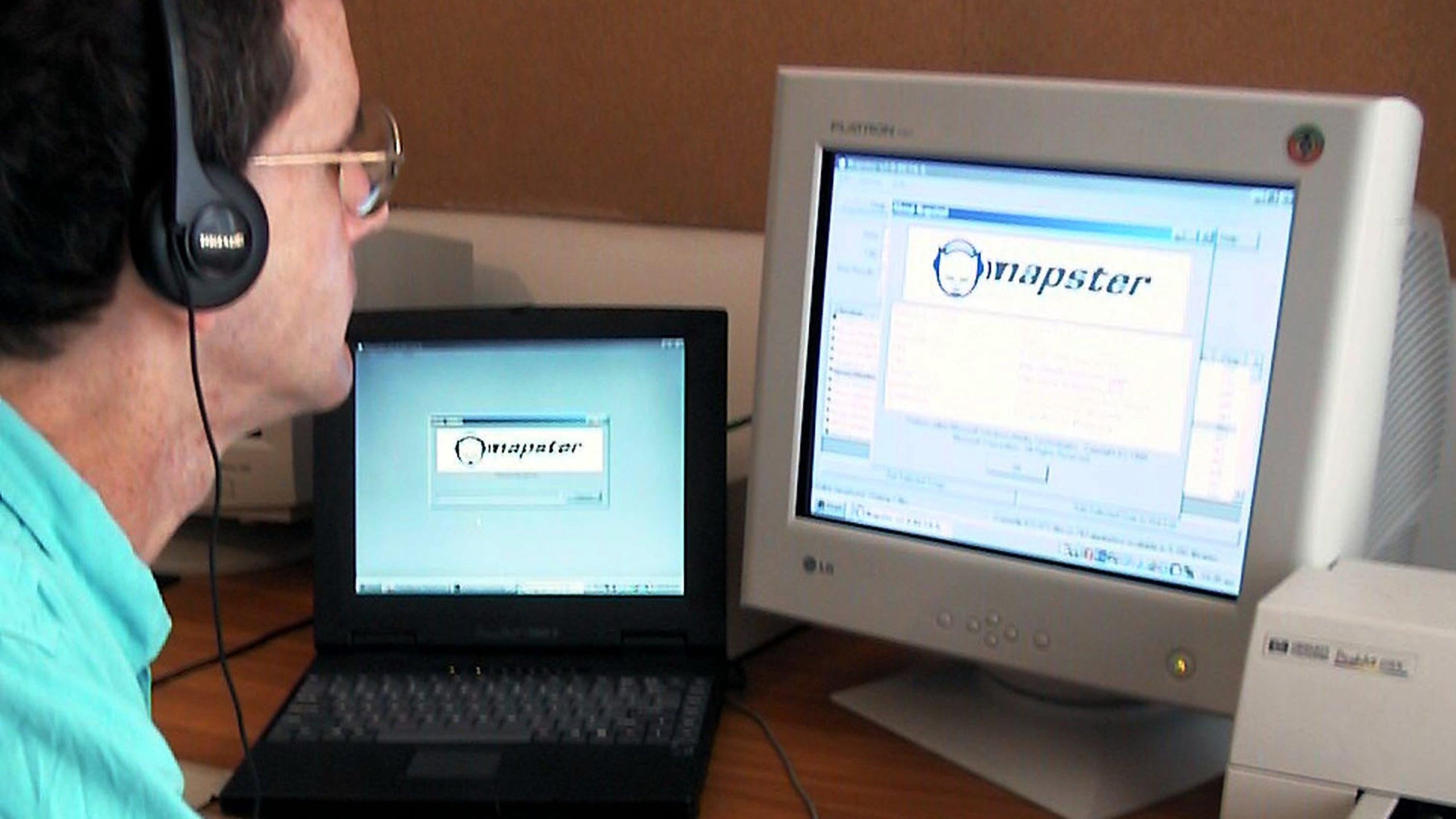
Before being sued out of existence by Metallica, Napster was, briefly, the coolest place on Earth. At the very dawn of the digital music age, this app spread through school campuses like a virus, delivering MP3s of varying quality to the youth everywhere. There was no easy and legitimate way to buy songs back then, so this was more of a social platform that traded music freely, and it remains an iconic piece of Internet history. After Napster’s downfall, everyone briefly migrated to sketchier platforms like Limewire, where you could literally download everything and 99.9% of the files you received were infected with a lot of actual viruses.
AIM
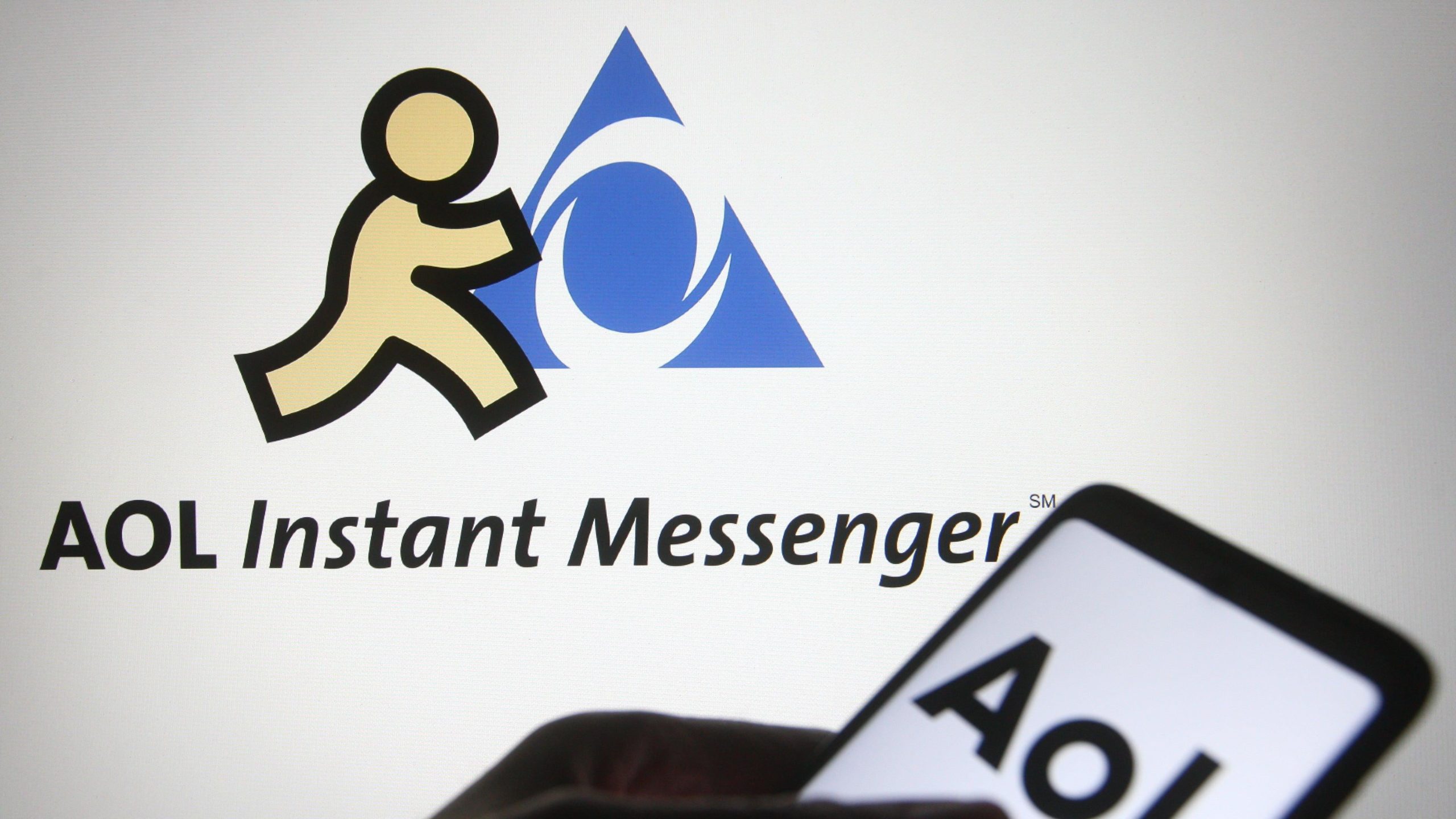
You could argue that the entirety of American Online (AOL) could be included on this list, but AOL wasn’t just one thing. It was the Internet for a while — for many people, at least.
One of the most successful tools to come out of AOL was AOL Instant Messenger (AIM). For a while in the 1990s and 2000s, AIM was the main way people of a certain age communicated. You got to create a custom screen name, and it was a pretty amazing way to stay in touch with and communicate with people. In a lot of ways, AIM paved the way for the modern texting and social media experience, introducing Buddy Lists, profiles, and custom away messages for when you were offline (which was a thing that could happen back then).
Ask Jeeves
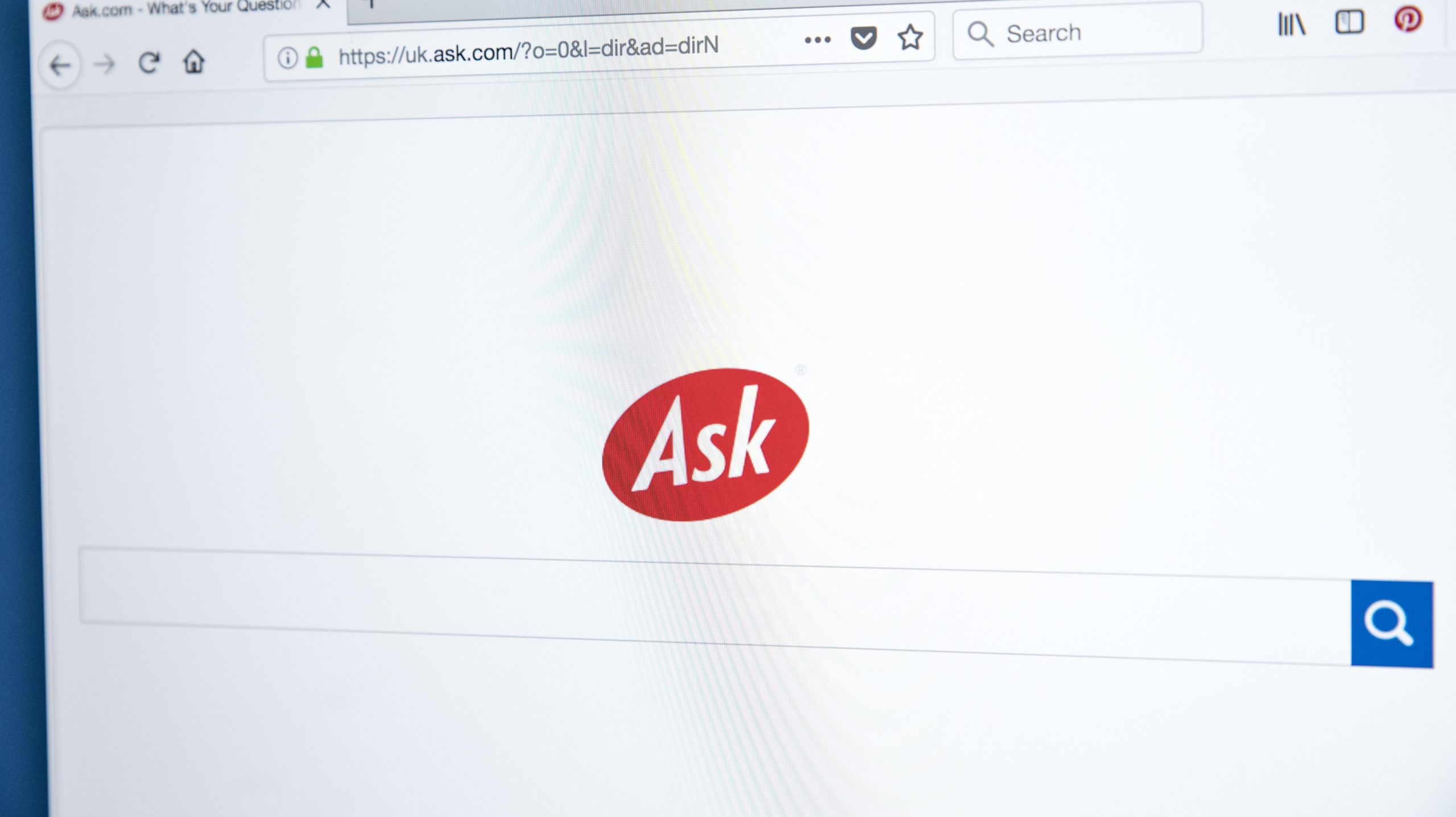
Back before Google was Internet search, there were a lot of competitors, and for a while, Ask Jeeves was one of the most successful. Designed to let people ask questions using “natural language” (meaning you would type actual sentences like a civilized human being instead of a bizarro string of nouns like we do today), Ask Jeeves launched in 1997 and had a fancy butler character as a mascot — the idea was that Jeeves was retrieving answers to your questions like a good servant. The search engine aspect lasted until 2010 when it surrendered to the Google juggernaut, and a strange period of fancy-pants Interneting faded from the Earth. It survives in zombie form as Ask.com, which features what may be the worst search engine in existence.
Friendster
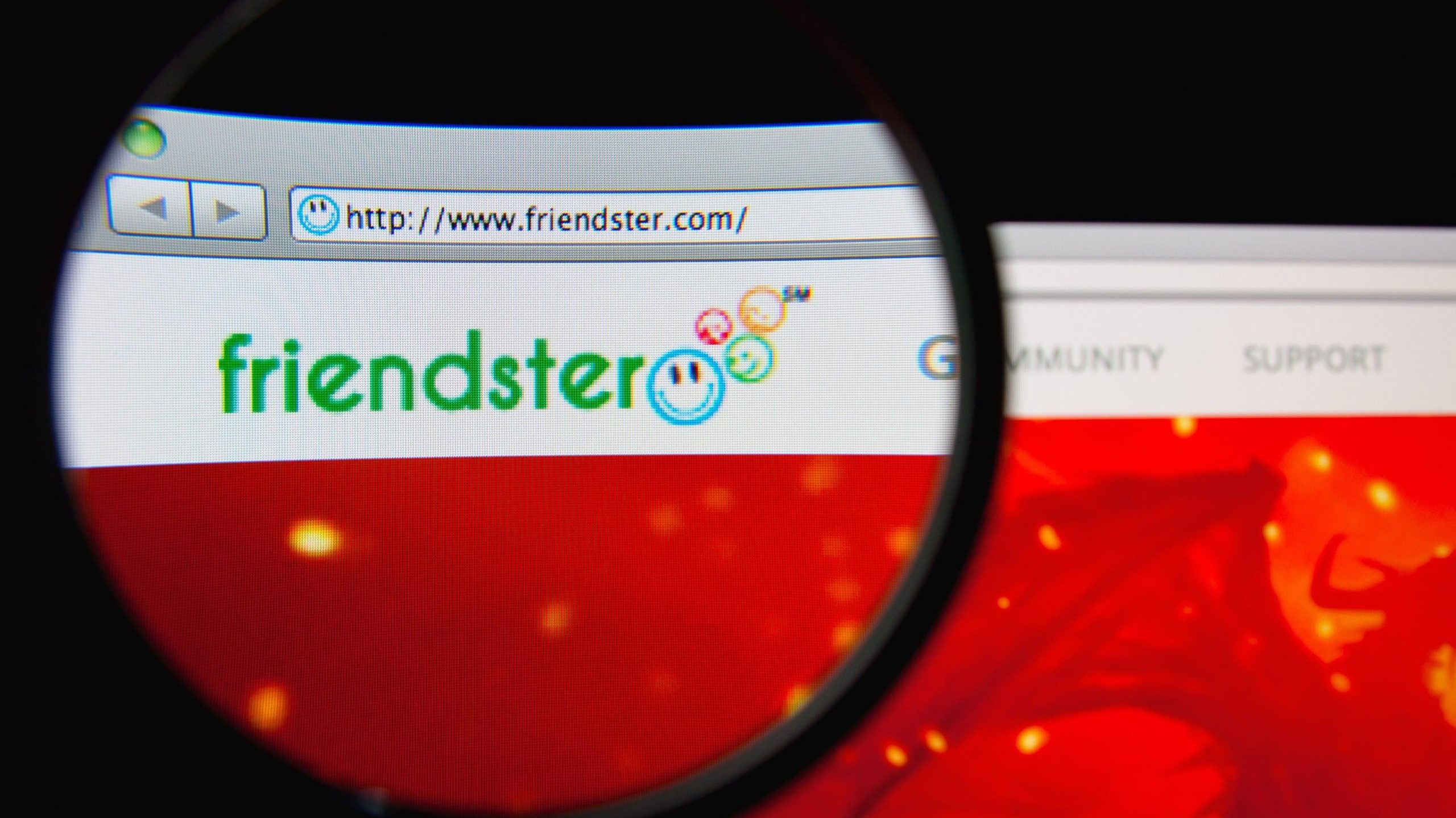
If you’re wondering how we all ended up in Facebook’s bland, blue hell, part of the answer is Friendster, a largely forgotten pioneer in the social media world.
Launched in 2002, it was briefly one of the most popular sites on the Internet. Just like other social media, you signed up, created a profile, and linked up with friends — in fact, Friendster showed you the connections between your friends and other people, so you could easily make new connections within a safe distance of your existing social circle. People actually liked it! But it wasn’t particularly stable, and as usage grew, the experience became increasingly terrible, opening it up to being savaged by MySpace a few years later. It’s been gone since 2011.
LiveJournal
Yes, LiveJournal still exists in the same way blogs themselves do — as ghostly hauntings from a simpler time. LJ is still pretty popular in Russia (where its parent company is located), though the rest of the world has pretty much left it behind.
Back in the early 2000s when everyone thought they were going to get famous by blogging (tellingly, LJ was created by a high school kid who wanted to stay in touch with his buddies), LiveJournal was one of the most popular ways to post whatever was on your mind to the Internet. With a primitive social media aspect baked in (you could friend other journalers, choose an avatar, and tag your current mood), LJ was a precursor to today’s social media platforms — and it remains a monument to what depressed youths were talking about circa 2003.
iTunes
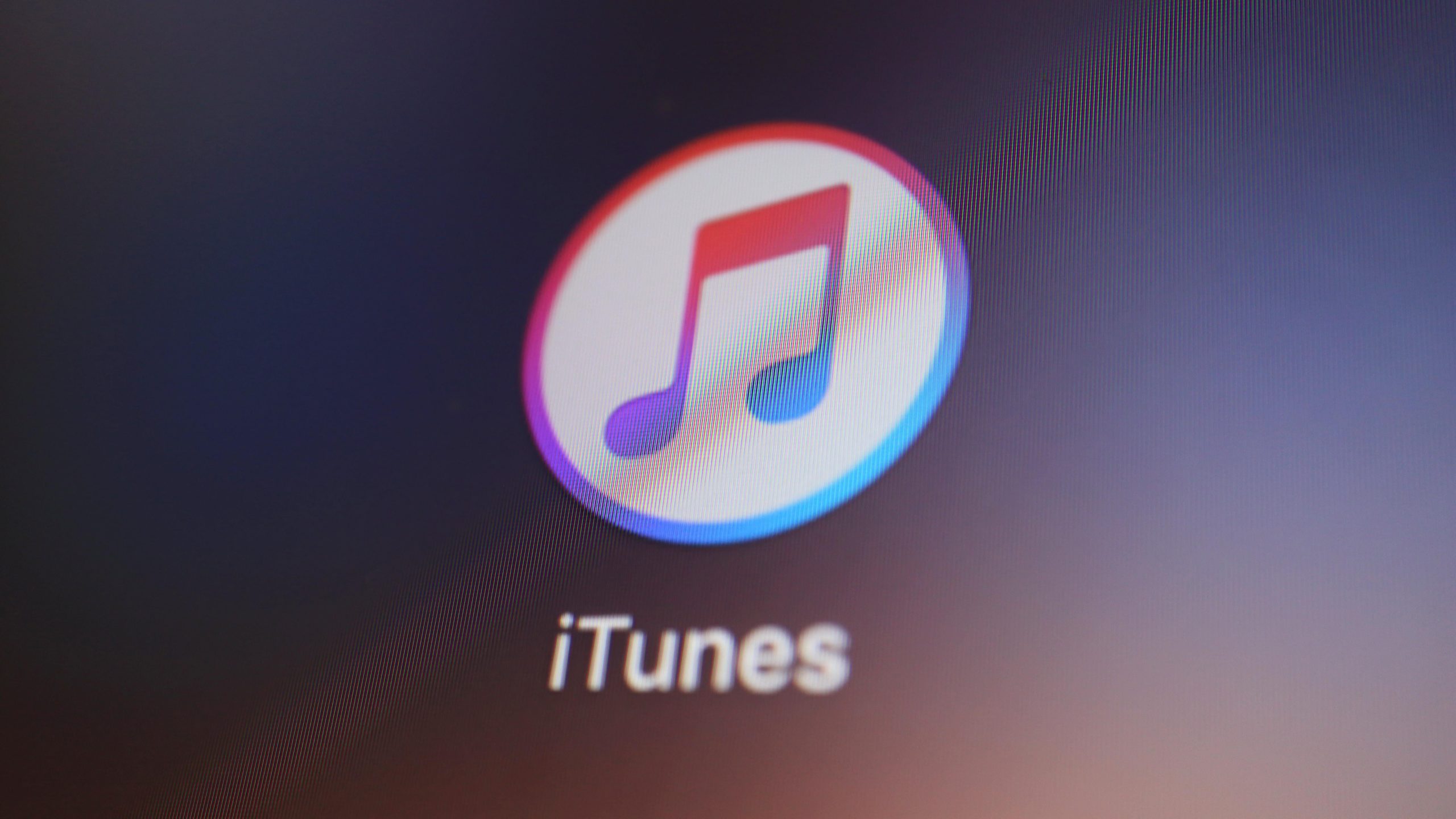
The decline and fall of iTunes was…remarkably rapid, actually. When Apple introduced the iPod, iTunes almost instantly became a staple of home computers everywhere as one of the first legitimate places where you could easily buy and organise digital music. At the time of its launch, it was actually quite slick. And then, for some reason, Apple seemed to simply stop developing the app.
Over the years, iTunes became a bloated, bizarro piece of software that barely functioned, and the only reason it wasn’t set on fire by tens of millions of frustrated users was the lack of legit alternatives once you were trapped in Apple’s extremely minimalist walled garden. And then came music streaming, and everyone simultaneously stopped buying songs in favour of paying Spotify to just deliver them on demand, and iTunes was finally replaced by Apple Music in 2019.
Google+

Google thought it could revolutionise the nascent social media world with Google+, the company’s fourth attempt to do so (you are absolutely forgiven if you don’t remember Orkut, Google Friend Connect, or Google Buzz). It should have worked — by 2011, everyone used Google in some way, after all, and Google+ offered some very cool features, like Hangouts, which was kind of amazing in 2011. But Google+ required too much maintenance — you had to create “circles” of friends and you couldn’t be anonymous. Even Google Hangouts wasn’t enough to pry folks away from the trash paradise that was (and is) Facebook. Google officially killed it in 2019.
ICQ
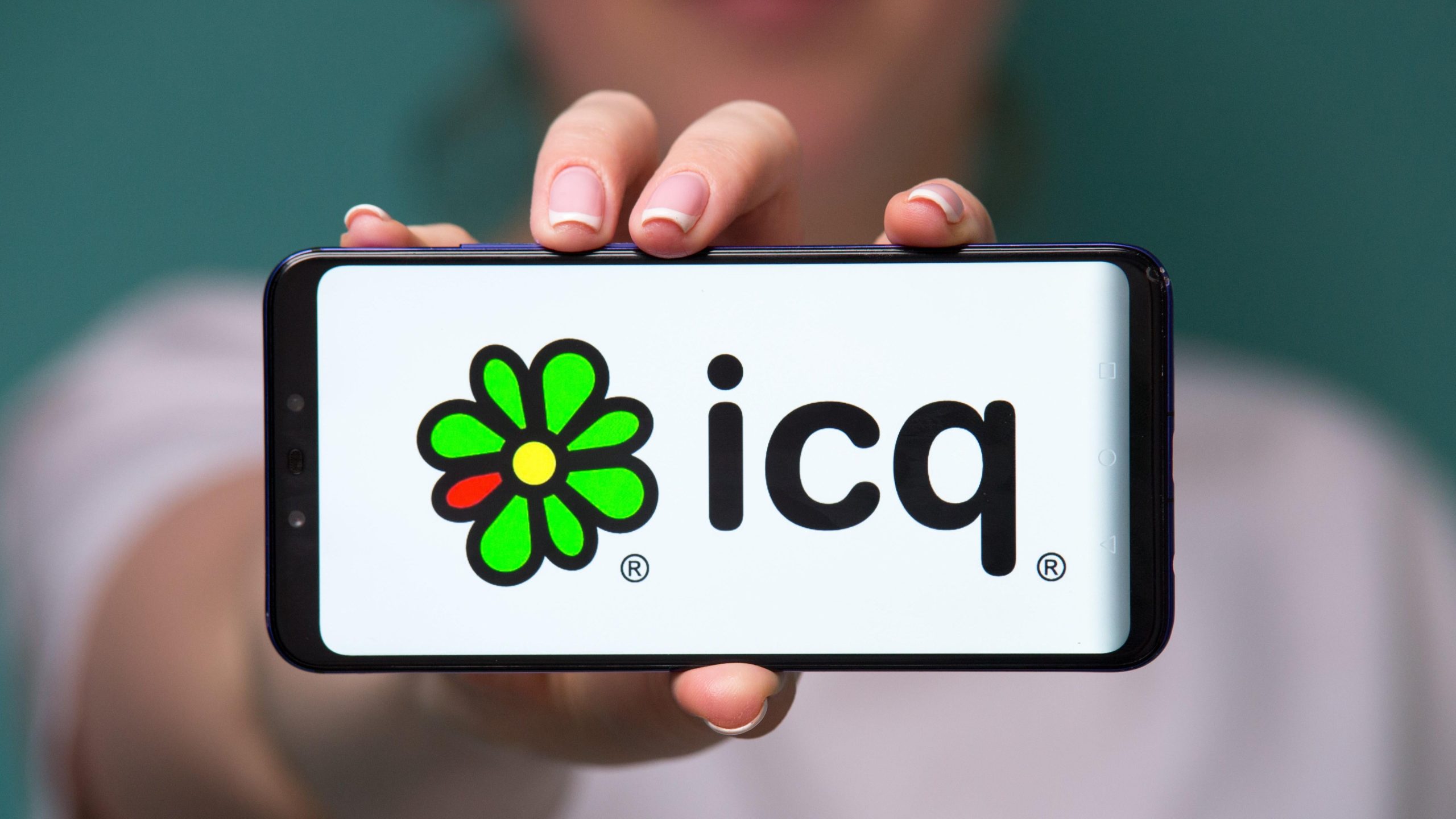
ICQ (“I seek you,” get it?) was one of the first standalone messaging services on the Internet, and at its height had more than 100 million accounts. Nerds regarded it as a more elite messaging service than AOL’s AIM, mainly because your user name was a long string of numbers, which made it seem somehow more mature and serious (although you still got to create a “handle” if you desperately wanted to keep up your brand as ‘ButtBuddy99’ or something similarly clever). ICQ was actually pretty innovative, introducing stuff like multi-user chat, offline messaging, and resumable file transfers. ICQ is still around, actually, though you wouldn’t recognise it.
Usenet

You have to be a bit of an oldhead to have seriously used Usenet, sometimes referred to as Newsgroups. This old text-only network was sort of like a proto-Reddit, where people formed groups within a hierarchical structure, like alt.pave.the.earth or alt.zines or rec.arts.erotica. What made Usenet so glorious was the total lack of a central authority — it was chaos and anarchy and disco, and some remarkable stuff was posted there over the years.
The heyday of this old platform was the 1990s and early 2000s; folks have been calling it dead or dying for decades now. And in fact, it’s mostly a graveyard of weird spam with a few oases of dedicated folks who still deplore anything graphical. But most of anything worth saving from the Usenet has migrated to other, more modern tools.

Leave a Reply
You must be logged in to post a comment.